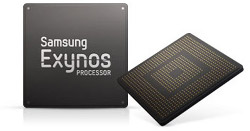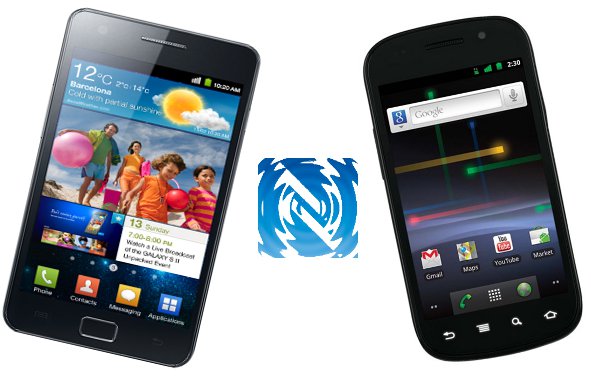libavg is a high-level development platform for media-centric applications using Python as scripting language and written in C++. Bear in mind that are many dependencies with libavg 1.6. I have not built all the libraries required, but instead simply taken the pre-built binaries and header files in the qemu overo image and copied the files as follows: mkdir mnt sudo mount -o loop,offset=$[106496*512] overo_sd_alip.img mnt mkdir ~/edev/beagleboard/libs/lib -p mkdir ~/edev/beagleboard/libs/include cp mnt/usr/lib/* ~/edev/beagleboard/libs/lib/ -rf -d cp mnt/lib/* ~/edev/beagleboard/libs/lib/ -rf -d cp /mnt/usr/include/* ~/edev/beagleboard/libs/include -rf -d sudo umount mnt The -d flag skips the symlink, so we need to recreate then for all library so that the compiler can find libname.so instead of libname.so.12. Save the following scripts to symlinks.sh:
|
1 2 3 4 5 6 7 8 9 10 11 12 13 14 15 |
#!/bin/sh liblist=`ls *.so.??` for f in $liblist do echo $f fileres=`echo $f | sed 's/\..\{2\}$//'` ln -s $f $fileres done liblist=`ls *.so.?` for f in $liblist do echo $f fileres=`echo $f | sed 's/\..\{1\}$//'` ln -s $f $fileres done |
and run it where the arm libraries are located (in my case in /home/jaufranc/edev/beagleboard/libs/lib, /home/jaufranc/edev/beagleboard/libs/lib/arm-linux-gnueabi and /home/jaufranc/edev/beagleboard/libs/lib/mesa). This will create symlinks for most libraries, but not all. Some will still […]






